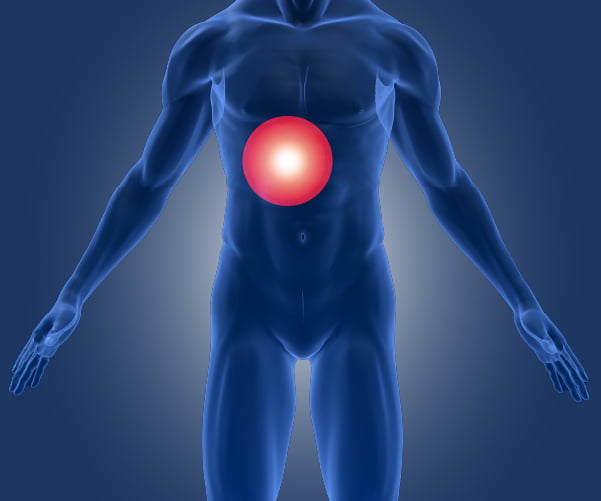What is it? The term “biliary colic” is often associated with gallstones. It describes pain in the upper abdomen due to gallstones. This intense, sharp pain may occur in attacks, typically following a heavy meal, and is often accompanied by excessive vomiting and nausea. It is an intense, sharp pain that can come and go in attacks. Typically it follows a heavy meal, and it may be associated with excessive vomiting and nausea.
Why it happens: It happens because a stone hits the wall of the biliary tree (either the gallbladder itself or one of the small tubes connecting the gallbladder with the liver and the bowel).
Frequency: In the Western World, 10-15% of the population has gallstones. Most are asymptomatic and the patients may not even be aware of the presence of gallstones in their gallbladder. Only 1-4% of patients with gallstones will suffer from biliary colic.
